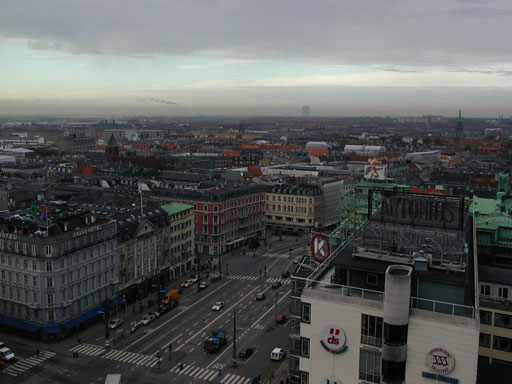- Date
- 6 October 1999
- Lodging
- Royal Hotel Copenhagen
- Distance
- 163 KM
- Total
- 42194 KM
6 October 1999 – With 5.3 million people, Denmark is divided into three areas or regions – two are major islands (Fyn and Zealand) and one (Jutland) is a peninsula. Known as one of the world’s most liberal countries, Denmark does not embrace religion, with fewer than five percent of the population being regular church attendees. A constitutional monarchy, Denmark’s Margrethe II is the Queen but real power lies with the elected parliament (Folketing). There is a cradle-to-grave social/welfare system where hefty taxes (60%) ensure free education and medical services for all. Month-long vacations and seven hour workdays are the norm.
Denmark is proud of Hans Christian Andersen, whose fairy tales are the most translated works in history with the exception of the Bible. (While in Odense, we saw his childhood home.) Karen Blixen, author of Out of Africa, was Danish as well. The country is also known for its sleek, cool industrial designs applied to jewelry (think Georg Jensen), architecture, furniture and fashion. Even Australia’s Sydney Opera House, with its futuristic, clean design, had a Danish architect, Jorn Utzon.
Copenhagen is on Zealand, Denmark’s most populated island. We arrived in the city mid-afternoon to find a sprawling town of 1.5 million with few tall buildings and no skyscrapers. Denmark is known for embracing refugees and immigrants and this acceptance is evident on the streets. While walking with Jim, I saw Danes with pale skin and light hair mixing, walking and talking with Africans and other immigrants, but the style of these mostly young people was the same – grunge.

